
Ala eh! Parine na sa amin dito sa Batangas!
If that intro isn’t obvious enough yet, this article is all about Batangas, a first-class province of the Philippines! This is probably new information to both our readers here on the blog and and our viewers on our YouTube channel, but I have Batangueña roots. My grandfather on my mother’s side hails from Talisay, a municipality in Batangas.

I don’t have the famous Batangas accent, since I grew up in Manila, but I spent many of my childhood summers in a lakefront home with a view of the Taal Lake. Here’s my baby picture with a view of Binintiang Malaki, which is part of the Taal Volcano complex, for any skeptics!
Since Batangas is a famous weekend destination near Manila, here are some dos & don’ts when traveling within the province.
HELLO! This article is by no means made by experts, but rather, made from our experience as residents of and frequent travelers to Batangas (we have quite a few Batangueños on our team – our editor Py was born & raised in Lemery and still lives there.)
We always love hearing from you! So if you have any opinions on the items we’ve included in this list, sound off in the comments!
WHAT'S IN THIS GUIDE?
Batangas Travel Mistakes
1. Underestimating the size of Batangas.
First on our list of travel mistakes is not taking into account the size of Batangas.
You won’t find Batangas in the list of top 10 biggest provinces in the Philippines, but make no mistake. A weekend still won’t be enough to cover key attractions in Batangas! Batangas is longitudinal in shape and there’s also a gigantic lake smack dab in the middle of the land mass, all of which add to the difficulty of getting around the province.
2. Building an impossible itinerary.
This is the one you want to avoid early into the planning of your trip.
Because Batangas is so big, you may want to double check your itinerary, especially if you plan on crossing cities and municipalities. Commuting gets really complicated, especially for towns that are far from major cities like Batangas City, Lipa, and Lemery, which also serve as transportation hubs. If you plan on ticking the many attractions spread across Batangas off your bucket list while using public transportation, multiple weekend trips may be the best option. We recommend dedicating one weekend to one area just to make getting around a bit more manageable. This is definitely one travel mistake.
If you’re hell-bent on covering multiple cities or municipalities in one go, the best way to navigate Batangas would be by car, since multiple transfers using public transportation may be a bit of a hassle.
3. Not knowing standard transportation fares.
Speaking of public transportation, it’s best to know or at least have an idea of standard transportations fares, especially if you’re pulling a D-I-Y itinerary.
In many towns of Batangas, when you ask the drivers how much the fare is, most of them would answer: “Kayo na po ang bahala” or “Kayo po? Magkano po ba binabayad nyo?” which translates to “How much are you willing to pay or how much do you usually pay?”
Avoid this awkward situation! Find out the fare ranges within the area you are traveling, if not the exact fare.
4. Braving the rush hour.
There’s often a misconception that Philippine provinces, largely removed from the urban chaos of places like Metro Manila, are slow-going and have little to no traffic. But Batangas is one of the richest provinces in the country, with highly urbanized cities like Lipa and Batangas City. It’s no stranger to traffic jams, especially during rush hours, more so when there’s ongoing road construction.
As tourists in general — and not just in Batangas, not being mindful of little details like this could lead to big travel mistakes.
There’s actually a funny saying going around social media that captures the traffic situation in Lipa, Batangas’ most populous city: “Lipa is only 2 hours away from Lipa.”
Aside from your usual rush hours every weekday when people go in and out of work, be mindful of weekends, as locals and tourists are bound to travel in and out of the province for leisure.
Many Batangueños also work in Manila, so Friday and Monday (sometimes Sunday) are “luwas” days for those who choose to go home on a weekly basis. We usually use the term “luwas” to mean traveling from a rural area to a more urbanized area.
5. Planning a trip during weekends of peak seasons.
I know, I know! Peak seasons are peak seasons for a reason. Often this is the only time that friends or family have common schedules for vacations, so sometimes it just can’t be helped!
But if you can, at the very least, avoid visiting on a weekend during summer and Holy Week. As the go-to beach destination for Manila residents, expect Batangas to be very crowded from the months of March to May, with April as the busiest month. Keep in mind too that rates are higher during the peak season. Don’t say we didn’t warn you!
6. Not giving local food a chance.
Batangas has a rich culinary tradition. We have our signature lomi, which is thicker and, take note has NO VEGETABLES. Batangas Lomi is rather big on toppings – kikiam, siomai, atay, balunan, lumpia, kwek-kwek, and many more. Other signature dishes that are worth mentioning are adobo sa dilaw, tapang taal, and sinaing na tulingan.
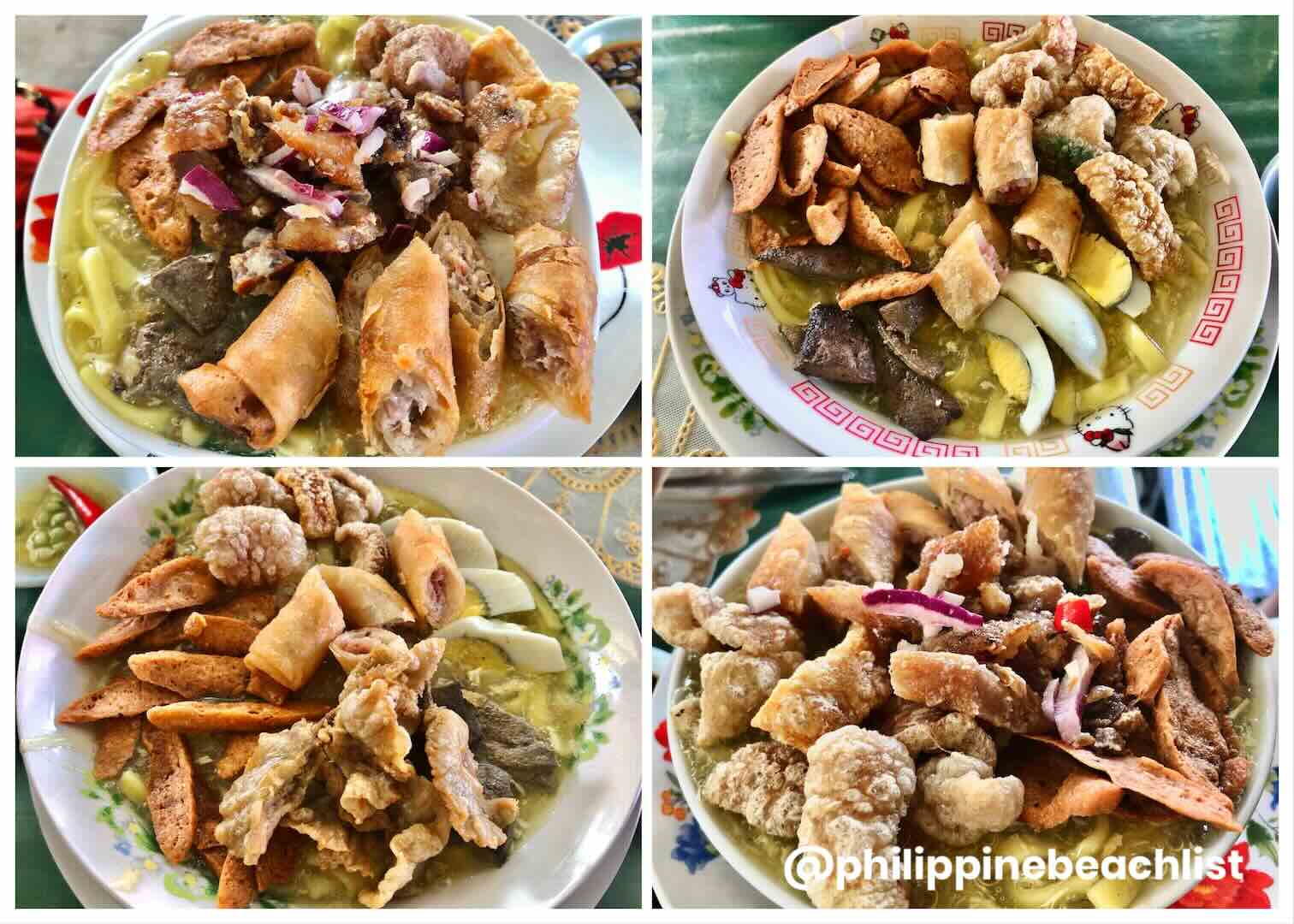
With how fast the province is growing, fast-food chains are aplenty on the highways of Batangas. However, I’d say skip the fast-food and try one of the many local restaurants serving the culinary gems we mentioned.
Batangas also has a strong coffee and chocolate culture. It’s a sin not to mention our Kapeng Barako here or hot chocolate made from tablea. Have you tried any of these drinks before?
7. Ignoring beaches without fine, white sand.
Let’s be real here: you won’t find the fine, white sand beaches of Boracay and Palawan here in Batangas, BUT that’s not to say that you should skip Batangas beaches altogether. Some are sandy, some pebbly, some rocky. Others are totally secluded. Some are fully developed. You have Matabungkay in Lian, Fortune Island in Nasugbu, and Calatagan and Laiya in San Juan.
Divers will also be happy to note that aside from beautiful shores, Batangas has excellent diving spots such as Anilao in Mabini and Sombrero Island in Tingloy.
Each of these beaches and dive sites have their own charm and their own market, but the top thing that makes Batangas beaches popular are their proximity to Manila. Batangas is around 2-3 hours away from Manila, which makes a great case for a quick weekend trip.
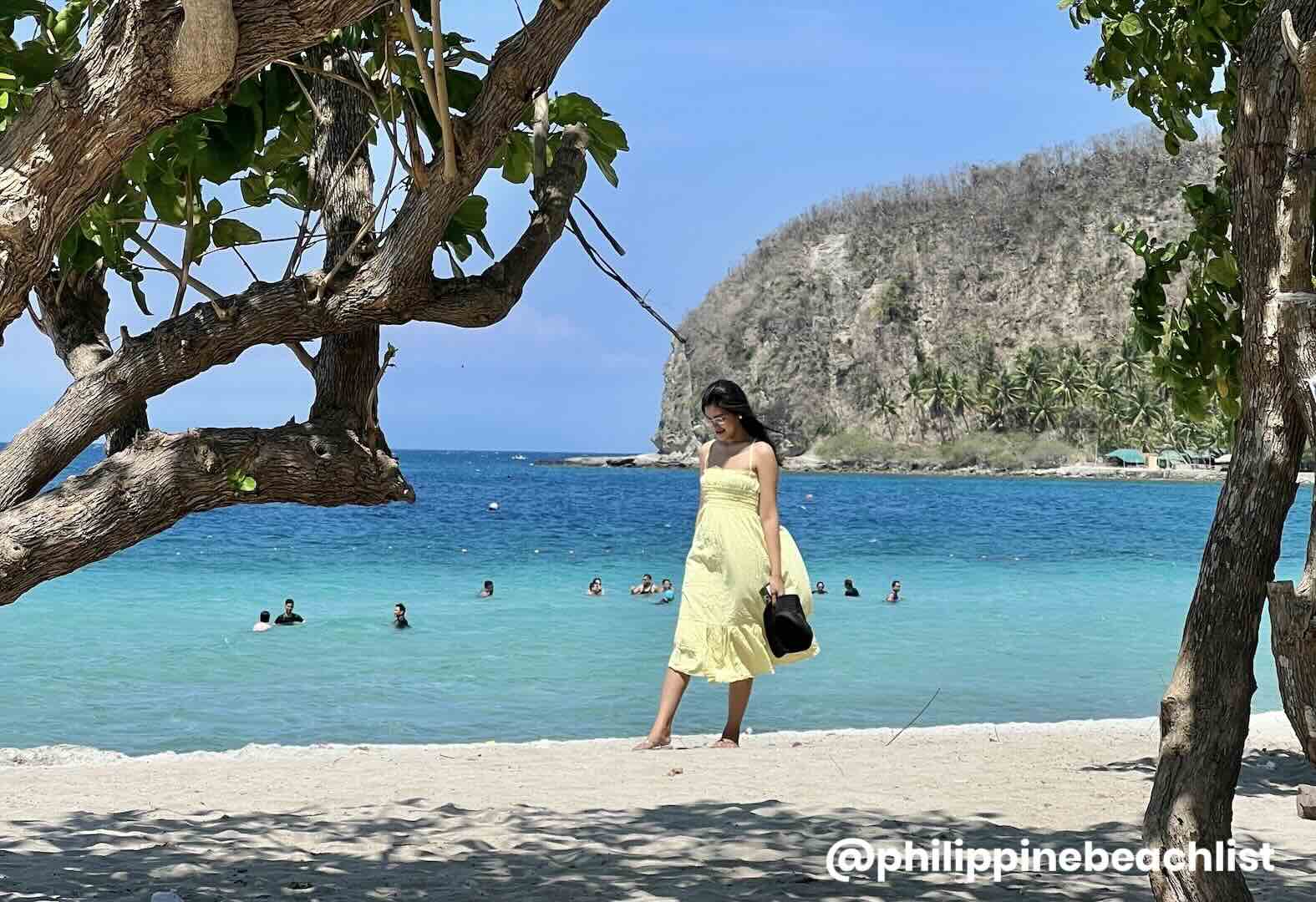
If you want recommendations on which Batangas beaches to visit, we’ve got a whole playlist on that. We’ve revisited quite a few Batangas beaches this year, among other beach destinations in the Philippines, but my favorite Batangas beach at the moment would have to be Masasa Beach in Tingloy, which we’ve also made a video about!
8. Going to Batangas just for its beaches.
While Batangas is known for its beaches, you miss out on so much if you keep your butts rooted to your beach blankets. Our province is home to various tourist attractions like Taal Heritage Town, Calueruega in Nasugbu, and many more historical and cultural sites.
Batangas also has various trails for adventurous trekkers and it also has mountains for beginners, like Mt. Gulugod Baboy in Mabini and Mt. Talamitam in Nasugbu.
9. Hiking or mountaineering without local guides.
In the past, the guidelines and rules for hiking mountains in Batangas were not strictly implemented, so anyone or any groups could hike without a guide. But with the increased interest in Batangas hikes, rules and regulations are undergoing stricter implementation by many, if not all, local government units. While you may be more comfortable hiking on your own, rules are there to protect you.
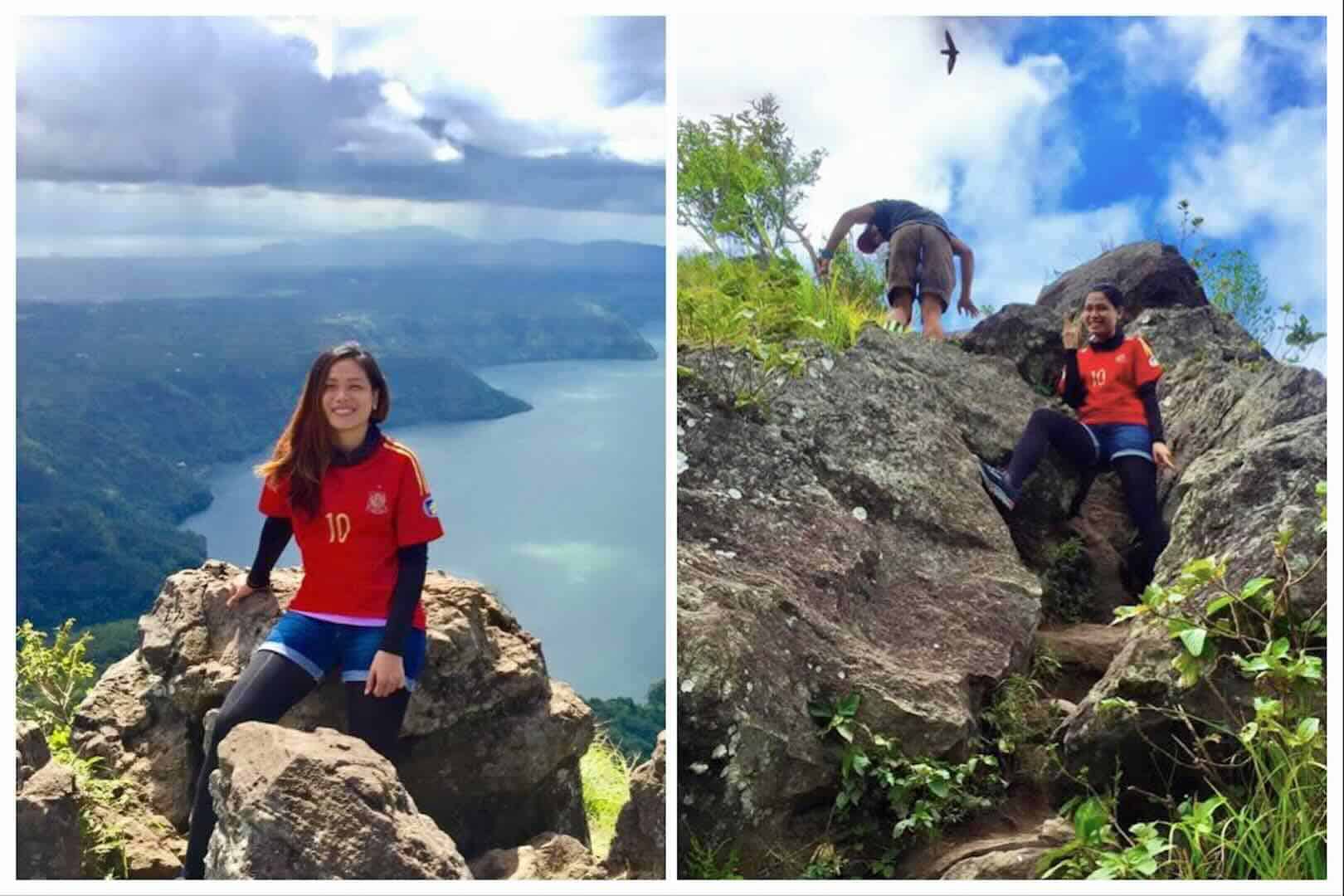
Here’s why it’s important to hike with guides.
Firstly, each hiker is accounted for since you must register with the LGU before hiking. If anything happens, management will know if a group or a person has not returned to the base yet.
Secondly, the local guides are more than happy to assist you — they know the mountains more. Hiking also boosts tourism and therefore livelihood and jobs in the area. Hiring a guide is a small price to pay for safety and for the leisure (or challenge haha) you get out of hiking.
Lastly, limiting the number of hikers per day helps protect the environment by not going beyond the mountain’s full capacity.
10. Not connecting with locals.
Last on our list is not connecting with locals!
Although we may appear intimidating or may come across as snobbish because of our “barako” nature or strong personalities, Batangueños are very friendly! Loud, but very very friendly! If you don’t believe me, just ask the rest of the Philippine Beach List and The Poor Traveler team, since they interact with Py, Yosh, and I the most!
One of the best things about interacting with locals is picking up new vocabulary! Batangas is quite near Metro Manila, so Batangas Tagalog is not too different from Manila Tagalog — I should know since I speak Manila Tagalog despite my Batangueño roots and I do just fine whenever I visit Batangas. But there are still quite a few words that will be new, even to fellow Filipinos.
I remember saying “Maalwan lang naman ‘yan.” (“That’s easy.”) and getting confused looks. Apparently, “maalwan” is a deeper Tagalog word for “madali” (“easy”) not often used in Manila. I also just learned that maalwan means something different in Hiligaynon, which is another language in the Philippines entirely.
There’s a lot to learn from locals when you’re traveling within a country as diverse as the Philippines, so just keep an open mind when exploring within Batangas, and indeed, anywhere across the country!
Where to Stay in Batangas
We’ve created top accommodation articles for specific places and popular tourist destinations in the province of Batangas. For your convenience, we compiled all of them. Here are the top hotels and resorts in:
Find more Batangas Hotels!
Updates Log
2024.09.30 – First uploaded
Related Article: Top 10 Best Batangas Beaches to Visit
More Tips on YouTube ⬇️⬇️⬇️

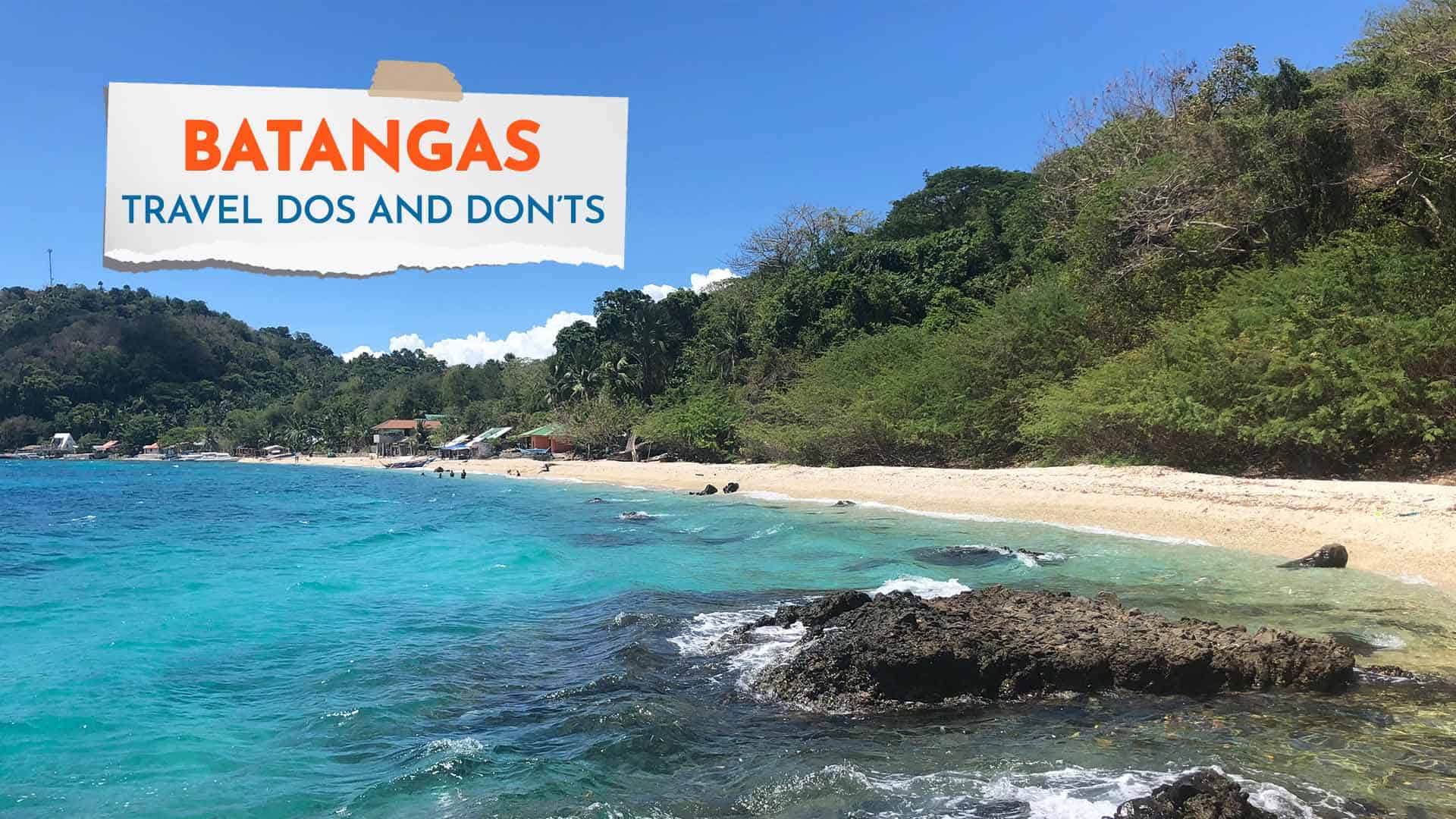
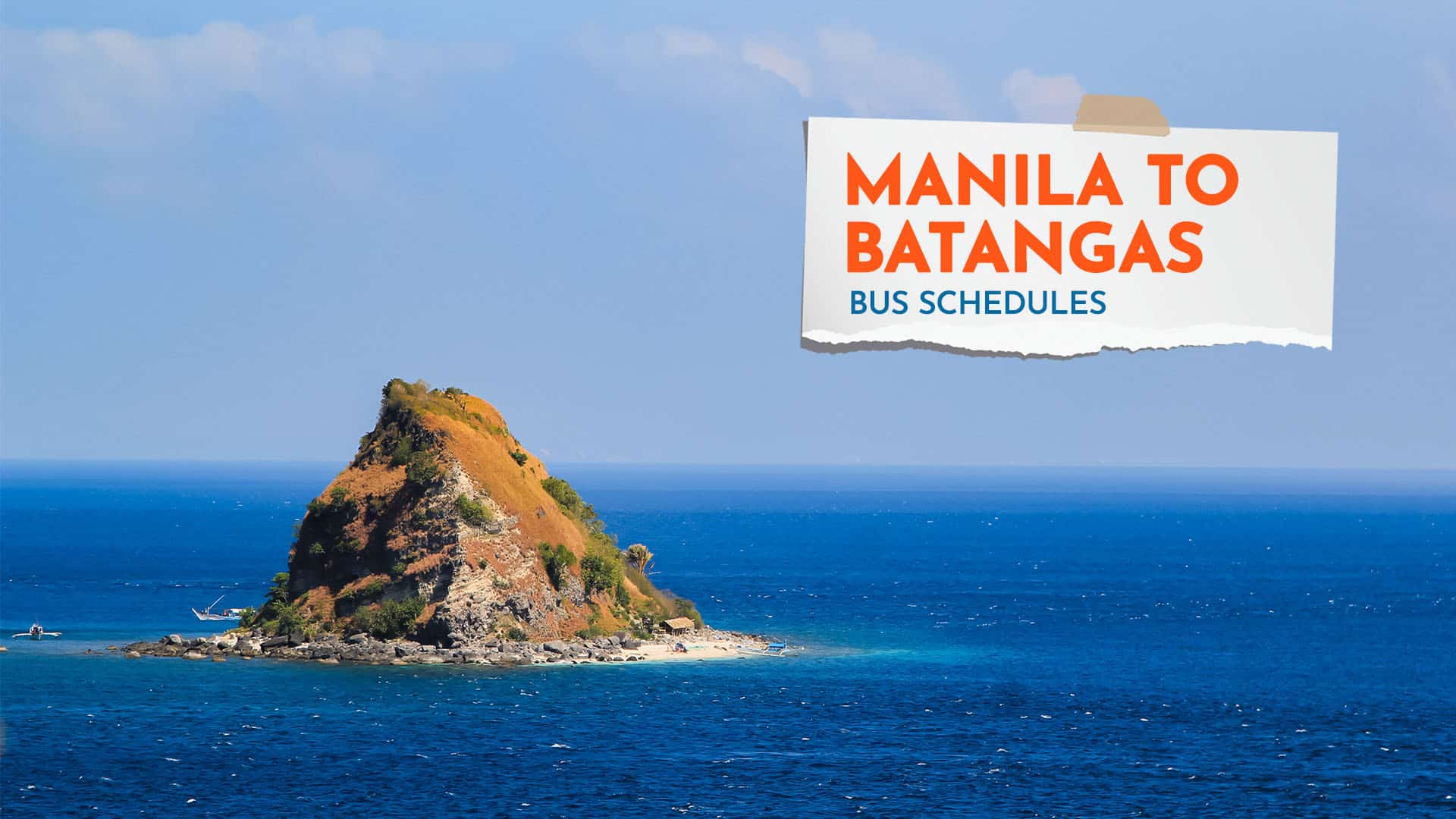
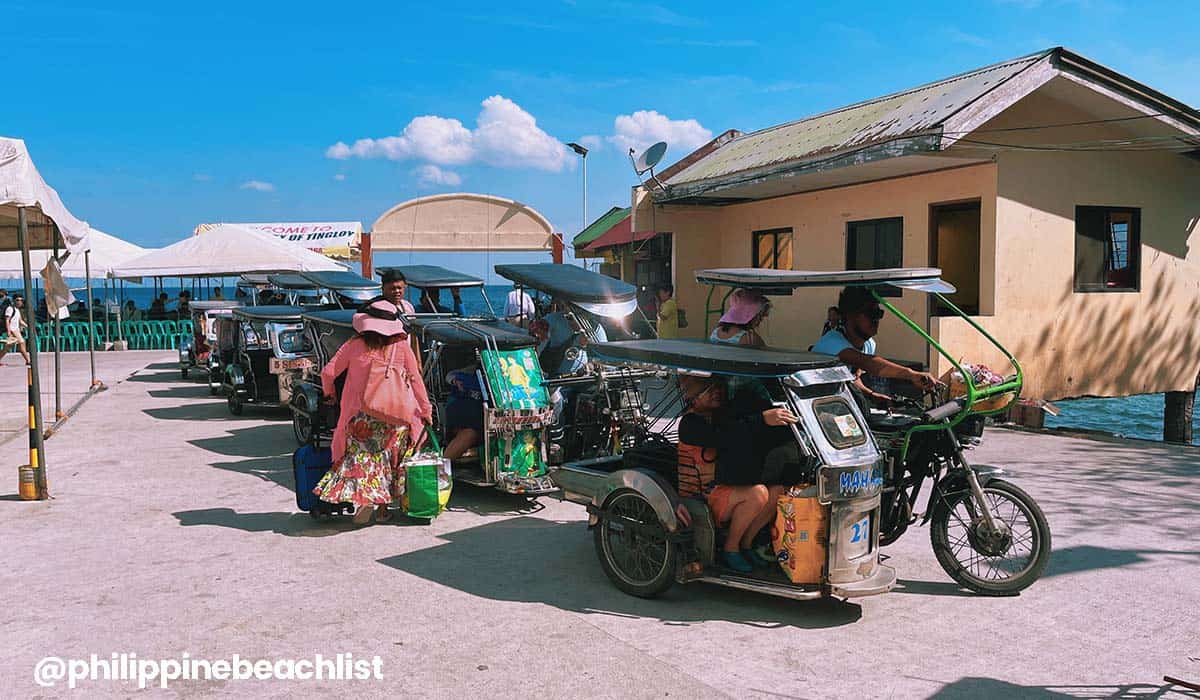
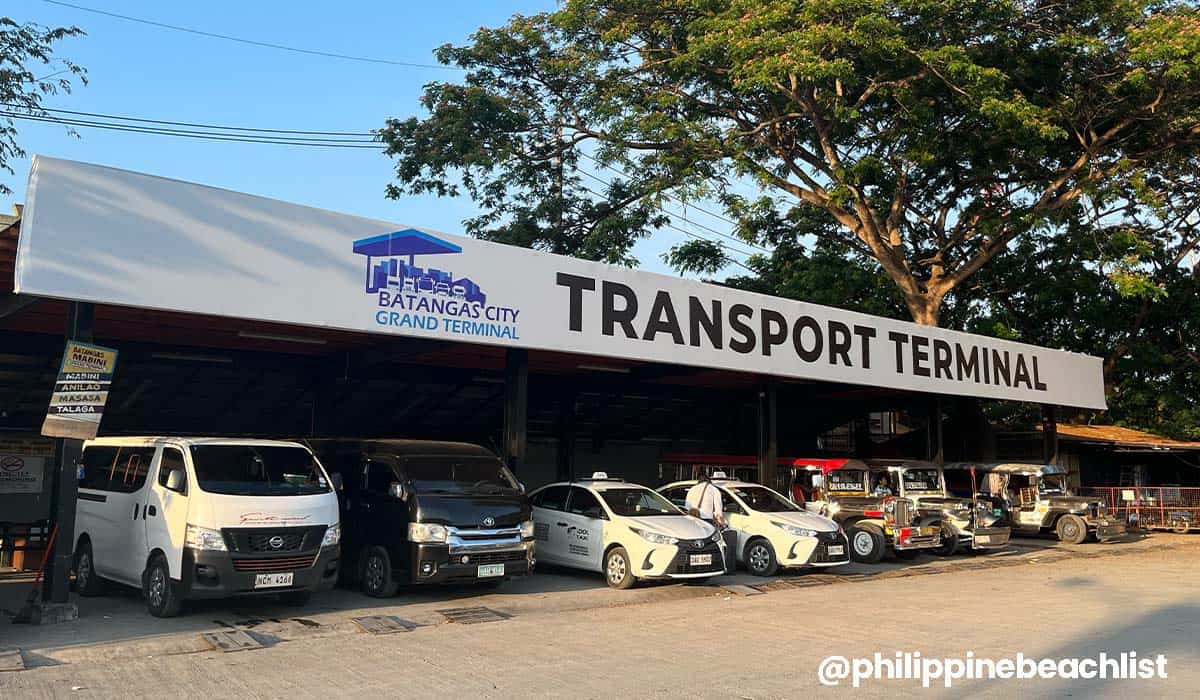

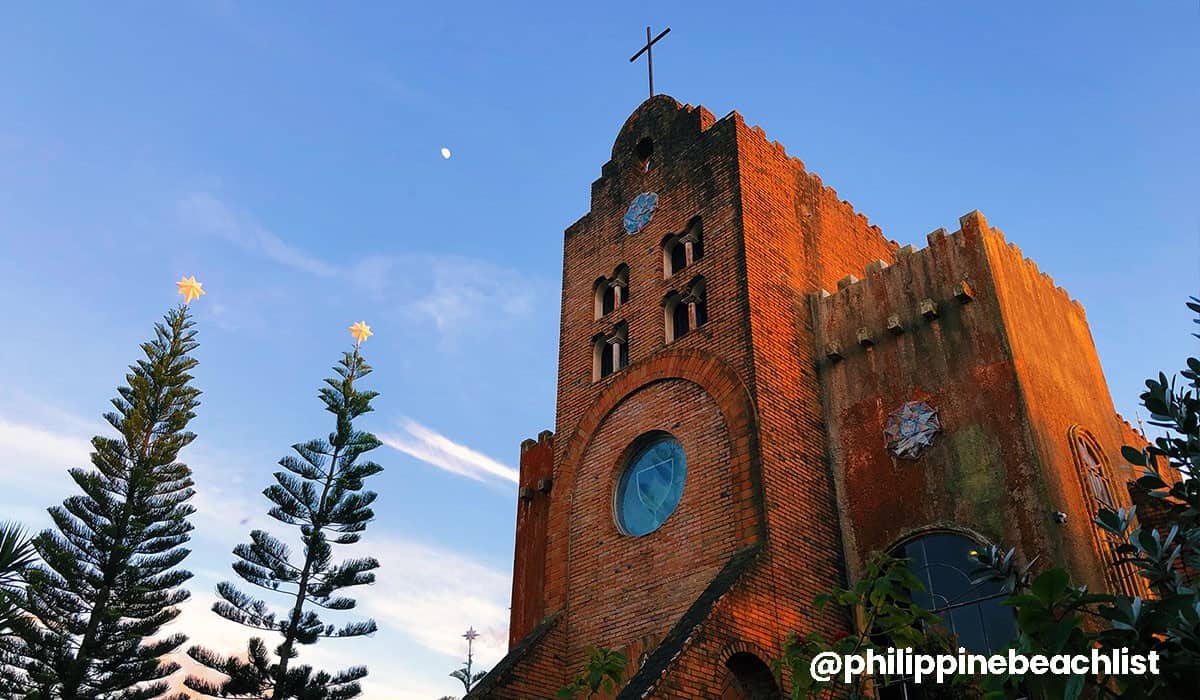

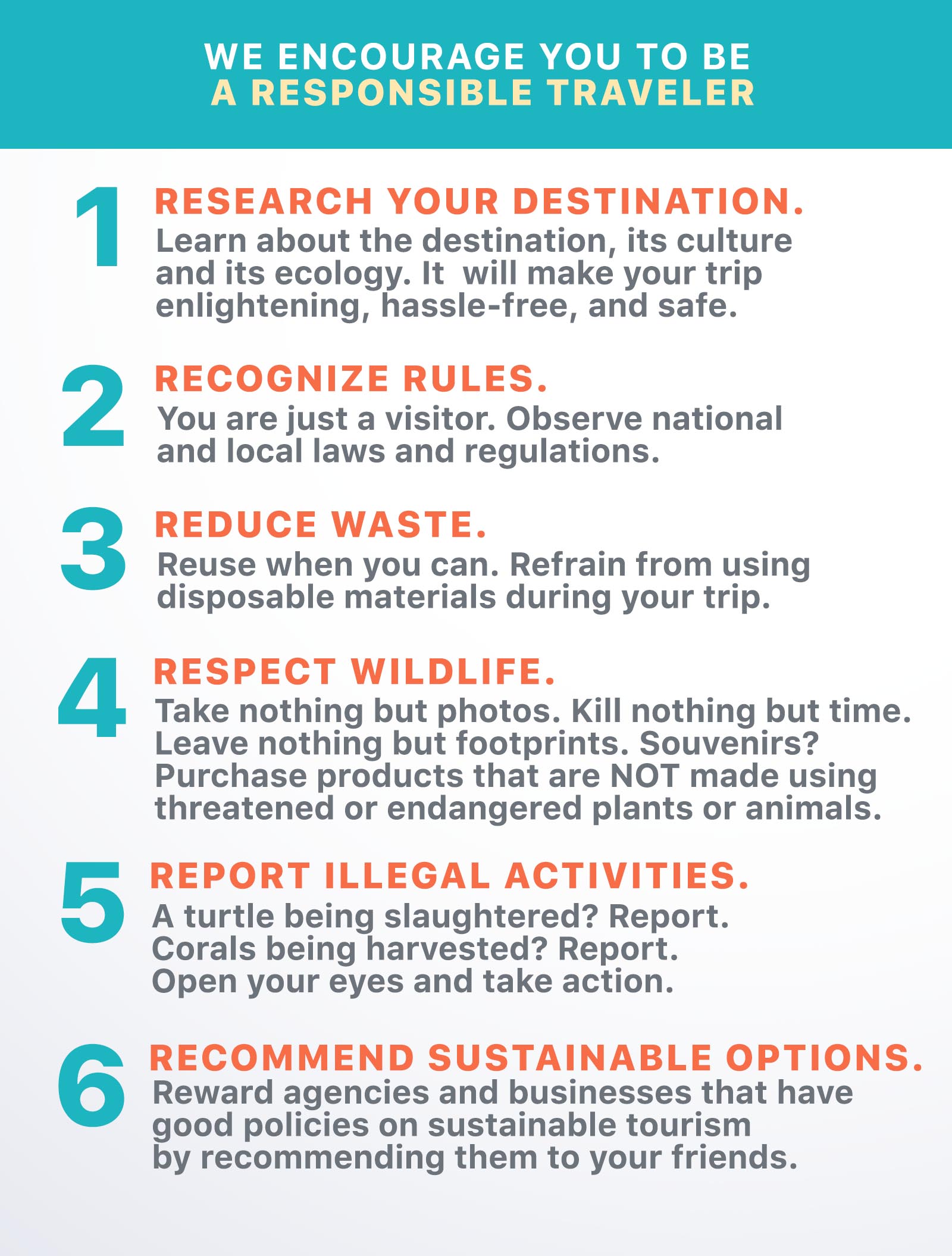
Comments